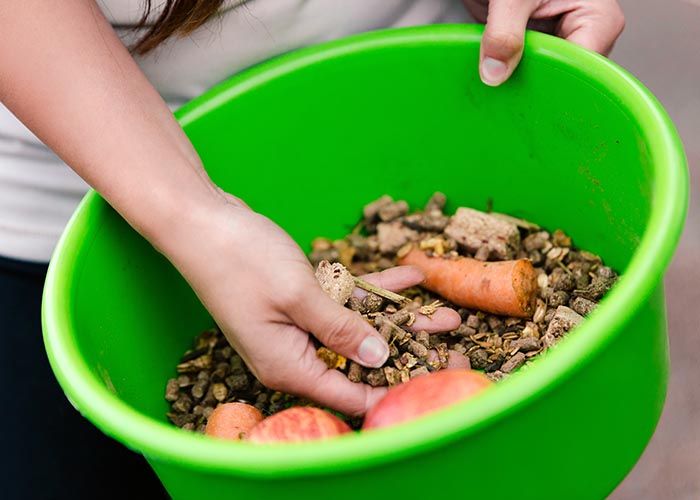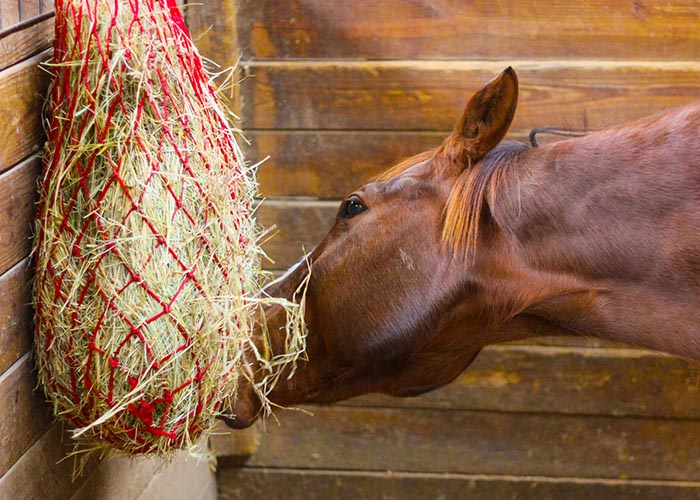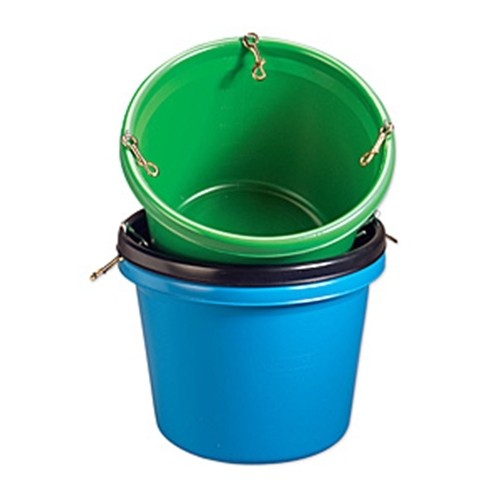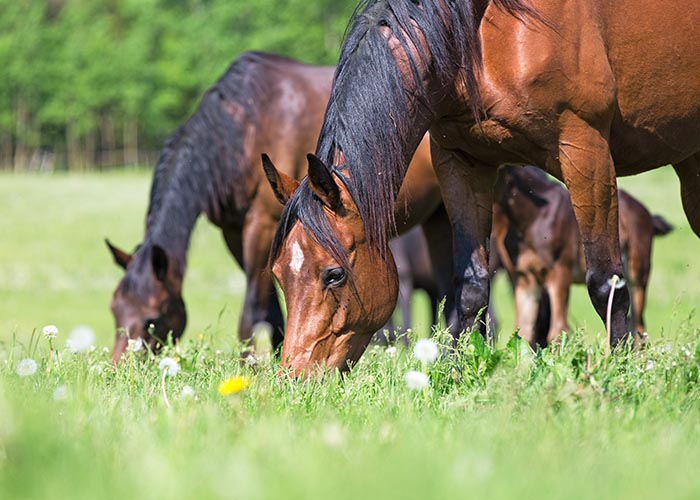
When you own horses, your feed bill can be a large part of your monthly budget. Between hay, grain, and supplements, we recognize that the costs can add up quickly. Providing your horse with their dietary requirements is a necessity, but in certain situations it also makes sense to take a hard look at your bottom line. In this blog, we explore the various ways to cut down on rising feed costs while simultaneously ensuring that your horse’s nutritional needs are met.
Cost Per Day
Before you can begin to reduce costs, it is important to understand exactly what you are spending. Calculating your daily feed cost is an easy way to look at your horse’s program and take stock of the big picture.
First of all, you need to collect information regarding the various costs with feeding your horse. Make sure that these numbers are accurate and correct, try not to go off memory or make assumptions. Consider calling your local feed store for up-to-date information on price points and heading out to the feed room to weigh your horse’s foodstuffs for the most accurate calculations. The information you will need includes:
- Price per bag of grain
- How much your bag of grain weighs
- Amount of grain your horse eats at each feeding (by weight not volume)
- Price per bale of hay
- How much your bales of hay weigh
- Amount of hay your horse eats at each feeding (by weight not volume)
- Price of supplements
- Number of servings in each supplement container
After you have compiled the information, you are ready for your calculations. Determining your cost per day (and cost per month) is a simple, multi-step equation.
To begin, determine the price of your horse’s daily grain ration:
Price of Grain Bag divided by Weight of Grain Bag = Price per Pound
Price per Pound X (times) Weight of Daily Feeding = Price of Grain per Day
Then calculate the price of hay per day:
Price of Hay Bale divided by Weight of Hay Bale = Price per Pound
Price per Pound X (times) Weight of Daily Feeding = Price of Hay per Day
Next, determine the price of your horse’s daily supplements:
Price of Supplement divided by Number of Servings = Price of Supplements per Day (calculate for each supplement you feed your horse)
Finally, calculate your total cost of feed per day:
Price of Grain per Day + Price of Hay per Day + Price of Supplements per Day = Total Cost of Feed per Day
You can then multiply your Total Cost per Day by 30 to determine your Cost Per Month or even multiply it by 365 to determine the Total Cost to Feed per Year.
Armed with this information, you can take a look at your feeding program to determine how you can get the best value. This is an important exercise to do each time you look to change your feed. For example, purchasing a cheaper hay may not decrease your feed costs, because you will most likely need to feed more hay to maintain your horse’s body condition. Conversely, buying a more expensive grain may actually save you money in the long run because you may be able to feed less and still provide your horse with the calories and nutrients that they need. Additionally, highly nutrient-dense feeds like ration balancers tend to be more costly per bag, but due to the smaller recommended serving they tend to be cheaper to feed on a per daily basis. This important calculation helps you to determine how making changes to your horse’s feed influences your budget each month.
Making Adjustments
After you have calculated your Feed Costs Per Day, you can see where changes can be made to your horse’s diet. There are a number of ways that you can decrease the total price of your horse’s feed, while still meeting their daily nutritional needs, maintaining a healthy body score, and building muscle.

Reduce Waste: One of the easiest ways to decrease your costs is to decrease the amount of forage waste. Many horses stomp on and throw around extra hay both in the pasture and in their stall. According to Kelly Vineyard, PhD., from Purina Horse Feeds in a recent presentation, it has been estimated that horses waste up to 20% of the hay they are provided when fed on the floor or ground. To prevent your horse from wasting their valuable hay, consider utilizing a slow feed hay net, like the NibbleNet, or a bale net, such as the Hay Chix Small Bale Net, to make sure that your horse is eating the forage that you are serving to them. For larger pastures with multiple horses, keep your forage elevated to minimize the amount of forage that is on the ground; hay feeders, such as the Behlen Deluxe Horse Feeder and the Hay Hut, allow you to provide your herd with free choice forage. Another way to reduce hay waste is to feed smaller amounts of hay more frequently throughout the day. Finally, if your horse is wasting a large amount of the forage that they are presented with, you can try feeding them a forage pellet which tends to have dramatically less wastage.
Horses waste up to 20% of the hay they are provided when fed on the floor or ground.
Some horses also have a tendency to waste their grain. If you find that they are not finishing all of their grain, consider serving it to them in smaller quantities throughout the day. Other horses swing their heads in their grain buckets, which causes the grain to spill. To remedy this and limit the amount of wasted grain, look for buckets that attach to the wall in multiple locations, such as the Fortiflex 7.5 Gallon Round Feeder Tub.

Fortiflex 7.5 Gallon Round Feeder Tub
The thick wall construction, heavy-duty brass snap hooks, and galvanized reinforcements of this tub ensure long lasting durability.
Maximize Pasture: Taking advantage of your pasture to provide your horse with their forage needs is a great way to reduce the amount of forage that you need to purchase. Consider turning your horse out more to allow your horse to graze longer. Kelly explains, “About six hours of grazing on good pasture is equivalent to eight pounds of hay.” If you are utilizing more time on pasture, make sure that the quality of your pasture is sufficient. You will also need to monitor your horse’s weight carefully, because it can be difficult to determine exactly how much forage your horse is eating.

Feed Higher Quality Concentrates: It may seem counter-intuitive, but some equestrians are able spend less money on grain by purchasing a more expensive grain. Some grains are fortified with additional nutrients and calories, which allows you to feed less on a daily basis. Other grains, like Purina Ultium Gastric Care Horse Feed, contain ingredients that support gastric health and may allow you to decrease the amount of more pricey supplements that you are feeding.

Purina Ultium Gastric Care Horse Feed
This formula provides excellent gastric and immune support. It’s made with specialized yeast extract to support the immune systems of horses under stress, and an Outlast™ supplement that helps with gastric balance.
Optimize Your Storage: Hay and grain can have a long shelf life, but it is important to realize that it is perishable. Improperly storing your feed and needing to throw it away is one of the most costly mistakes that a horse owner can make. Typically dry pelleted feeds last longer than than a sweet feed or another textured feed product. Never store grain bags or hay on concrete or dirt flooring, since this causes them to mold more rapidly; consider using a pallet to increase airflow and maximize the lifespan of the feed. Once you open a grain bag, make sure that it is properly stored in an airtight container that is rodent- and insect-proof. The longer that you store feed, the more chance you have of spoilage, so consider purchasing in monthly or even bi-weekly amounts.
Consider using a pallet to increase airflow and maximize the lifespan of the feed in storage.
Keeping horses is inherently expensive, but you can still manage your costs without compromising the health and well-being of your horse. Make sure that any change you make to your horse’s diet is done gradually to ensure optimal health and avoid digestive upsets. It is also important to consistently assess your horse’s body score and adjust your horse’s feed program as necessary.
At The Cheshire Horse, we are here to help you! Contact a member of our knowledgeable and highly-trained sales staff to help you determine the best way to feed your horses economically while ensuring they are receiving their dietary requirements. We invite you to schedule a complimentary equine nutrition consultation where we can assist you in cutting your feed costs without cutting any corners of the horse’s nutritional needs.
